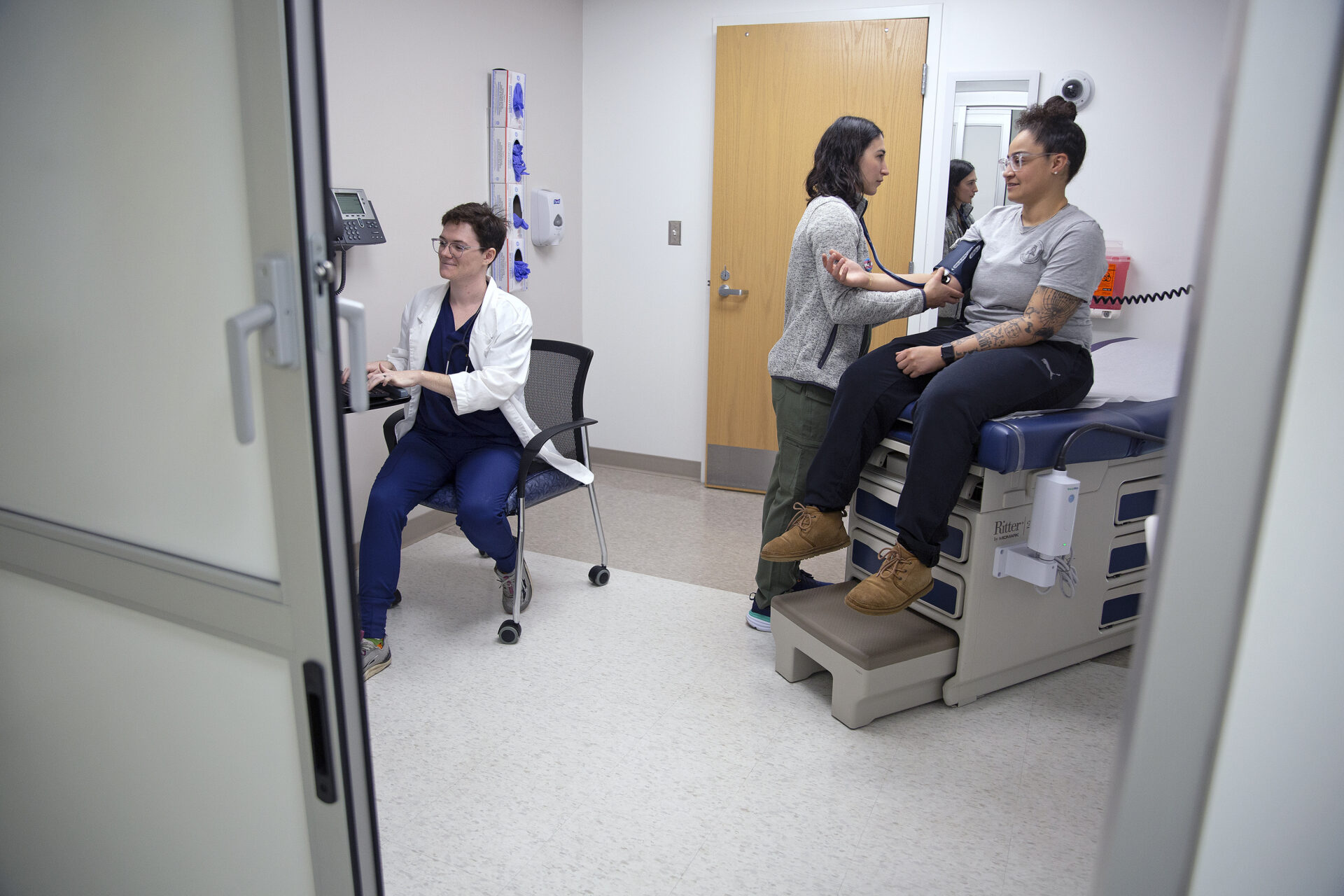It’s also just one that’s stripped of significantly of the strain that can appear with other varieties of doing the job out, where by you may perhaps feel the drive to hit specific metrics or elevate a set amount of bodyweight. The chill, very low-stakes nature of going for walks gives a type of stress relief that you don’t genuinely get from a greater-depth training, Peloton instructor Kirsten Ferguson tells SELF. When you are basically shifting in the contemporary air, your body can bodily relax—exercising in inexperienced areas has been joined to reductions in the pressure hormone cortisol and blood pressure concentrations, in accordance to a evaluate in the journal Severe Physiology & Medicine. Tougher workouts—say, like HIIT lessons or dash sessions—are more physically taxing, and your body simply cannot differentiate in between actual physical and psychological tension. So even after you’re carried out, that keyed-up emotion may possibly stick all over lengthier.
As far more and a lot more persons took to social to share the advantages of their new day-to-day routine, fitness centers, studios, and streaming platforms—Peloton included—spun their have consider on it and commenced supplying all types of strolling-focused courses. And just like that, the humble stroll grew to become a amazing exercise.
Its rebrand gave folks, specially people who may perhaps have been cautious about going for walks as training, the force they required to partake. Now, Ferguson suggests, going for walks courses are her most hugely attended ones on the platform. They’re in a position to “meet persons in which they are at,” she says. As a end result, much more individuals are equipped to see themselves as portion of a conditioning local community that could have formerly appeared much too hardcore.
Strolling can be as chill or as hard as you make it it is all up to you and what your entire body (and your intellect) is craving that working day. If you want to crank up the depth, there are tons of methods you can flip your walk into a workout—albeit a very low-impact, fewer-severe one particular. You can examine out walking courses on streaming platforms like Peloton, iFit, Aaptiv, Apple Exercise+, Obé, and more for an instructor to cue you through just one. Or you can make your possess regime by retaining the pursuing factors in brain:
- Quicken your pace: Walking to operate out isn’t a uncomplicated stroll from stage A to stage B. To amp up to reasonable intensity, you need to have to wander amongst 2.5 and 4 miles per hour, according to the Actual physical Action Rules. Which is amongst a 24-minute and 15-minute mile. “I get in touch with it a objective walk,” Ferguson claims. “It need to feel like, ‘Man, it would definitely be easier to jog right here, but I’m going to obstacle myself to retain both of those feet on the ground.” Consider you are in Concentrate on and see a lane opening—how quickly are you heading to hustle








